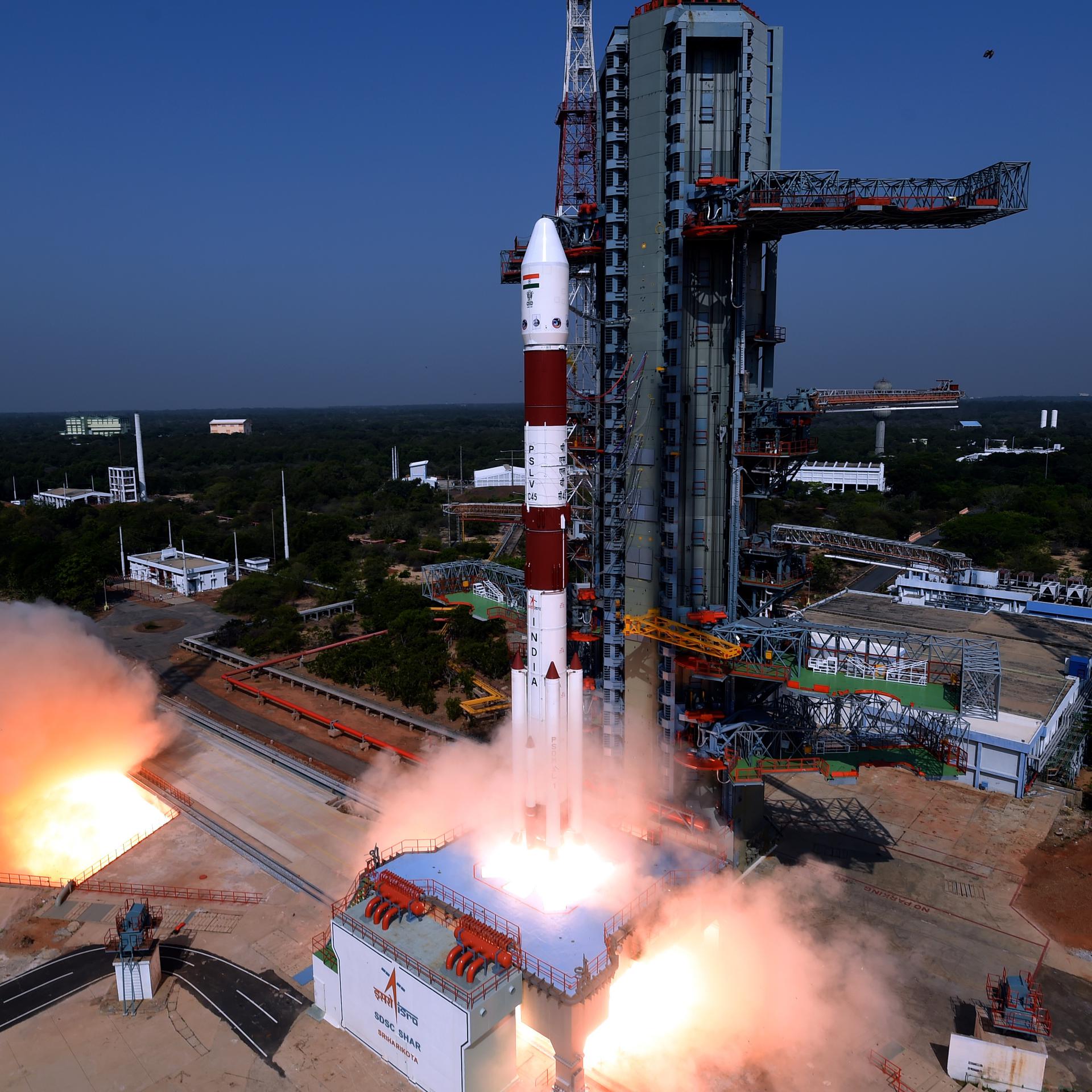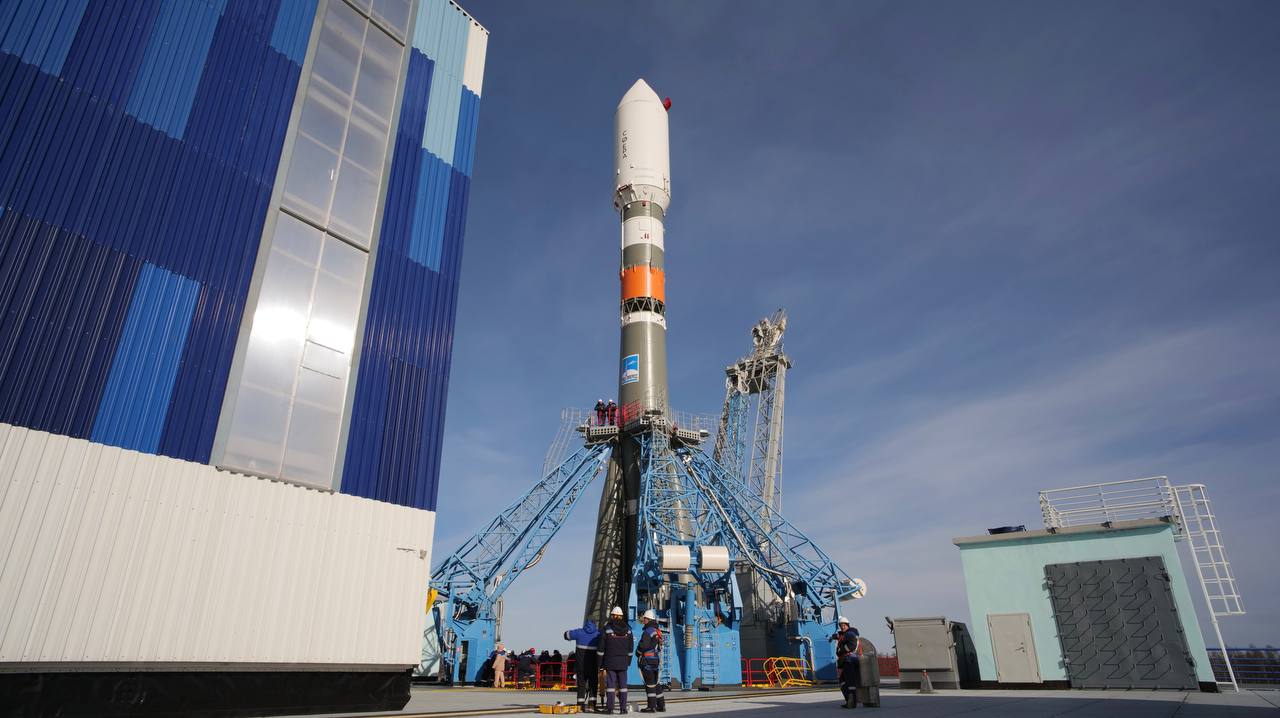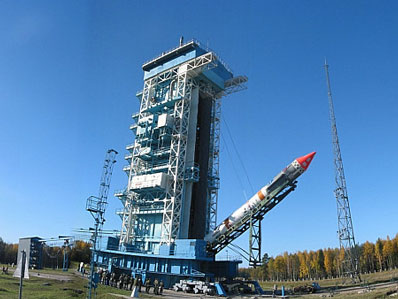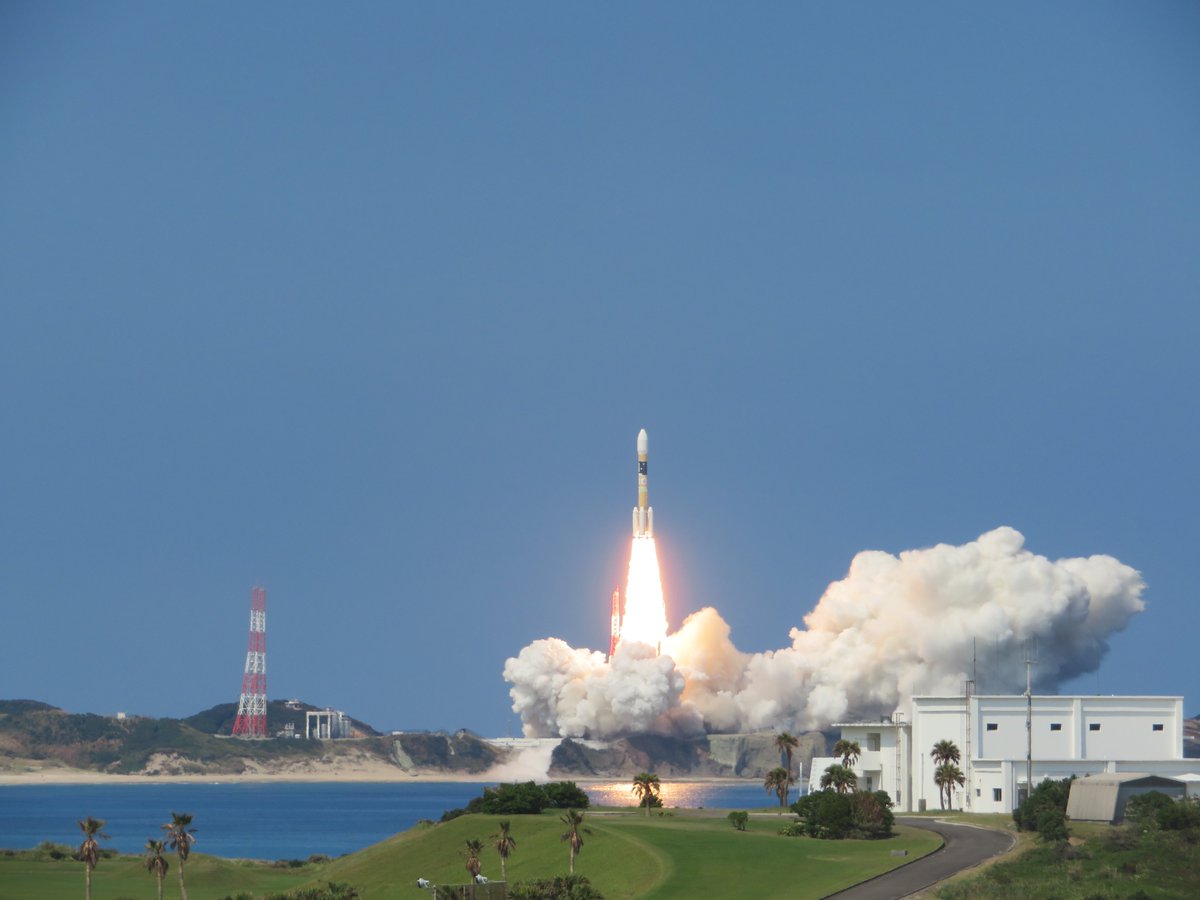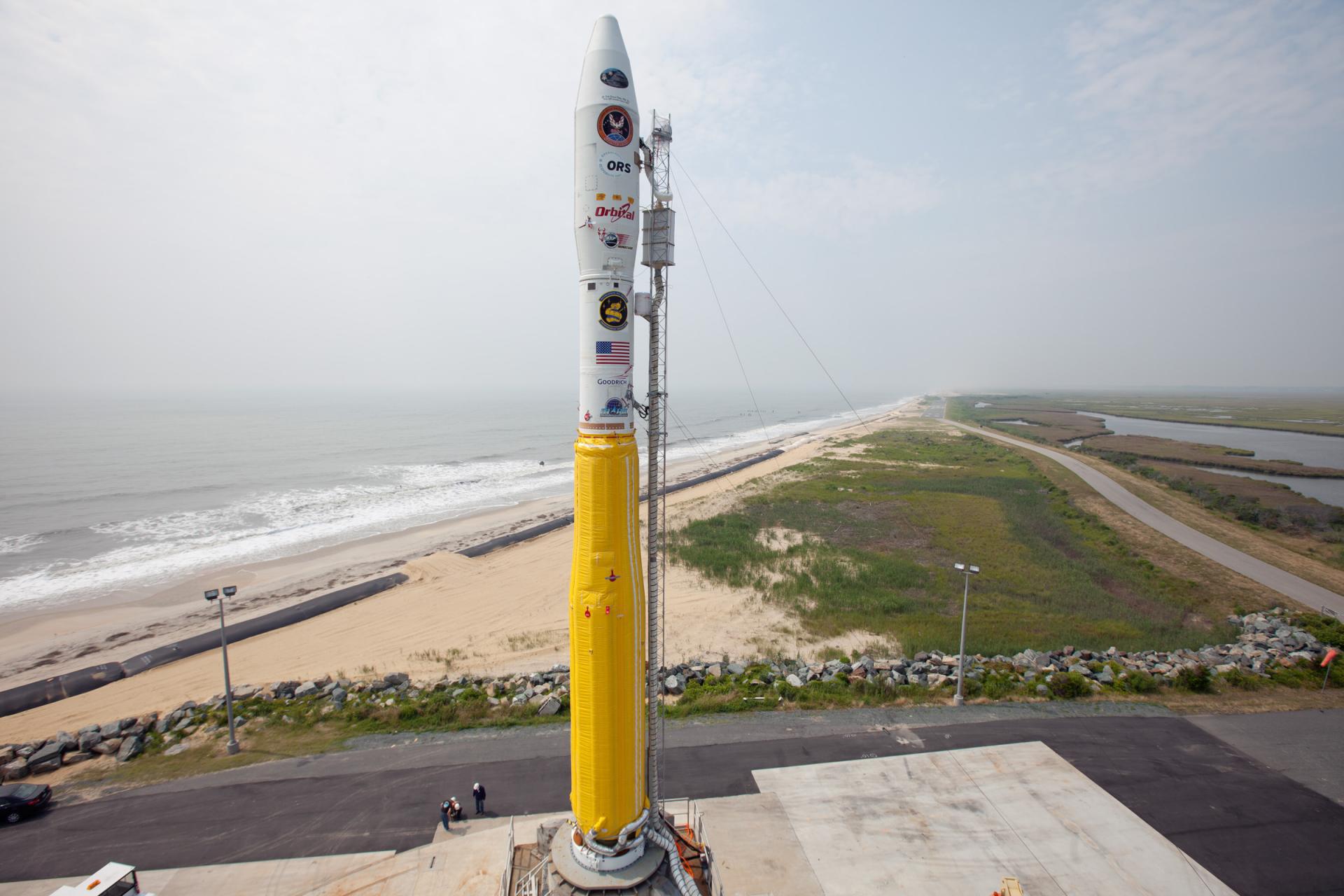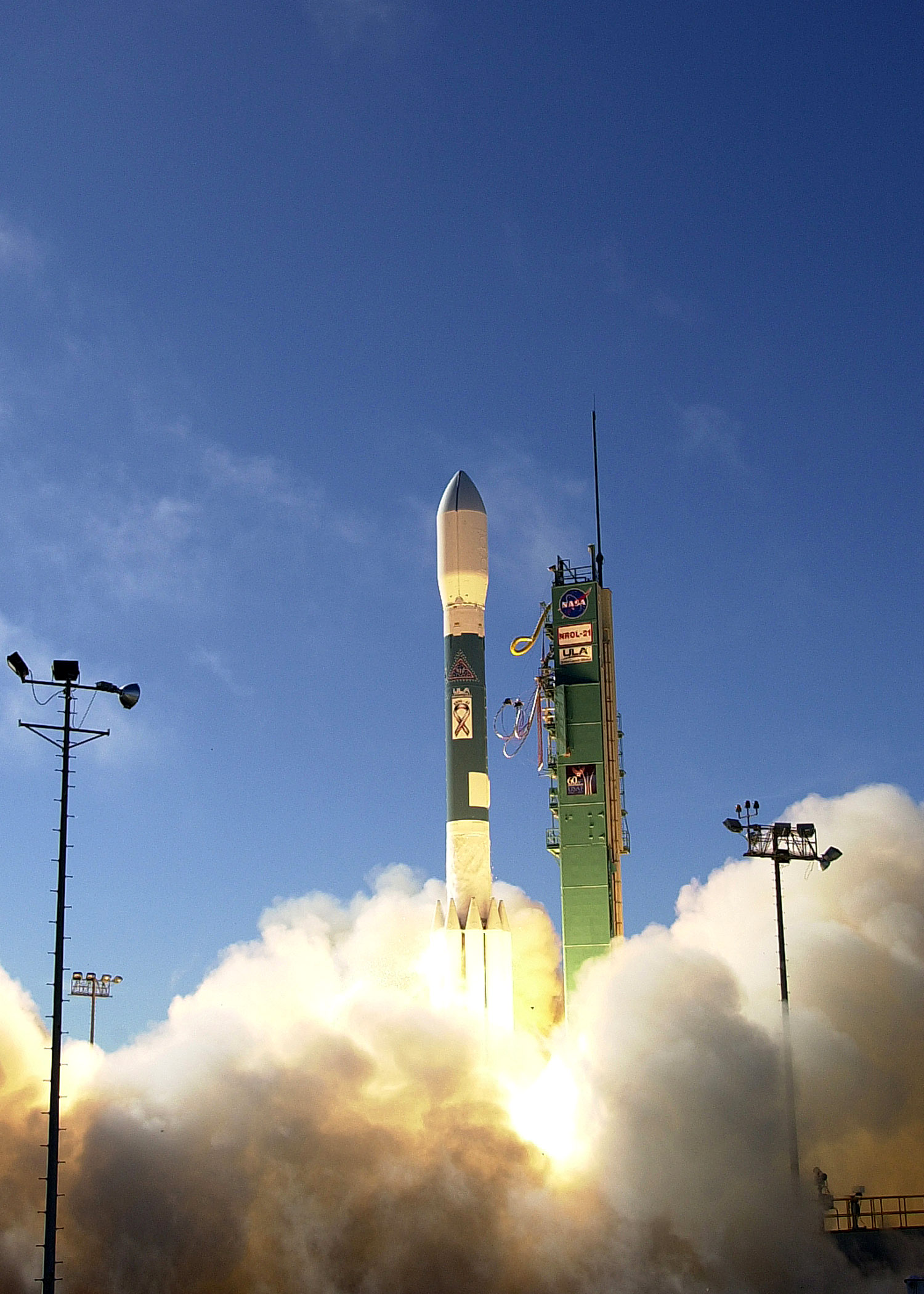Previous Spaceflight Launches
Filter by Agency, Locations or Vehicles
Show All LaunchesPSLV | Cartosat 2 & SRE 1
Indian Space Research Organization | IndiaSatish Dhawan Space Centre, India
Jan. 10, 2007, 3:54 a.m.
Soyuz 2.1b/Fregat | COROT
Progress Rocket Space Center | RussiaBaikonur Cosmodrome, Republic of Kazakhstan
Dec. 27, 2006, 2:23 p.m.
Proton | Uragan-M 6 to 8
Khrunichev State Research and Production Space Center | RussiaBaikonur Cosmodrome, Republic of Kazakhstan
Dec. 25, 2006, 8:18 p.m.
Soyuz 2.1a/Fregat | Meridian No. 11L
Progress Rocket Space Center | RussiaPlesetsk Cosmodrome, Russian Federation
Dec. 24, 2006, 8:34 a.m.
Kosmos-3M | SAR-Lupe 1
Russian Space Forces | RussiaPlesetsk Cosmodrome, Russian Federation
Dec. 19, 2006, 2 p.m.
H-IIA 204 | Kiku-8
Mitsubishi Heavy Industries | JapanTanegashima Space Center, Japan
Dec. 18, 2006, 6:32 a.m.
Status: Launch Successful
Mission:
ETS-VIII (Engineering Test Satellite) is to be launched in 2006, with the main purpose of dealing with the increasing demand for digital communications, such as mobile phones and other mobile devices. The satellite, with a gross weight of around three tons and a diameter of 40 meters, has two Large Deployable Antenna Reflectors (LDAR) and two Solar Array paddles. One LDAR, about the size of a tennis court, is one of the world's largest geostationary satellites. Its size will enable direct communications with a geostationary satellite that covers all of Japan, making mobile communications more reliable. Currently under development are Large Deployable Antenna Reflectors with metal-mesh, high-power transponders, and on-board processors. The technologies used in the development of these LDARs will be applicable to other large space structures. A subscale test of the LDARs was flown as the LDREX experiment.
Geostationary Transfer OrbitMinotaur I | Tacsat 2
Orbital Sciences Corporation | United States of AmericaWallops Flight Facility, Virginia, USA
Dec. 16, 2006, noon
Delta II 7920-10 | NROL-21
United Launch Alliance | United States of AmericaVandenberg SFB, CA, USA
Dec. 14, 2006, 9 p.m.
Proton-M Briz-M | Measat 3
Khrunichev State Research and Production Space Center | RussiaBaikonur Cosmodrome, Republic of Kazakhstan
Dec. 11, 2006, 11:28 p.m.
Space Shuttle Discovery / OV-103 | STS-116
National Aeronautics and Space Administration | United States of AmericaKennedy Space Center, FL, USA
Dec. 10, 2006, 1:47 a.m.
Status: Launch Successful
Mission:
STS-116 was a Space Shuttle mission to the International Space Station (ISS) flown by Space Shuttle Discovery. Discovery lifted off on 9 December 2006 at 20:47:35 EST. A previous launch attempt on 7 December had been canceled due to cloud cover. It was the first night launch of a space shuttle since STS-113 in November 2002. The mission is also referred to as ISS-12A.1 by the ISS program. The main goals of the mission were delivery and attachment of the International Space Station's P5 truss segment, a major rewiring of the station's power system, and exchange of ISS Expedition 14 personnel.
Low Earth Orbit